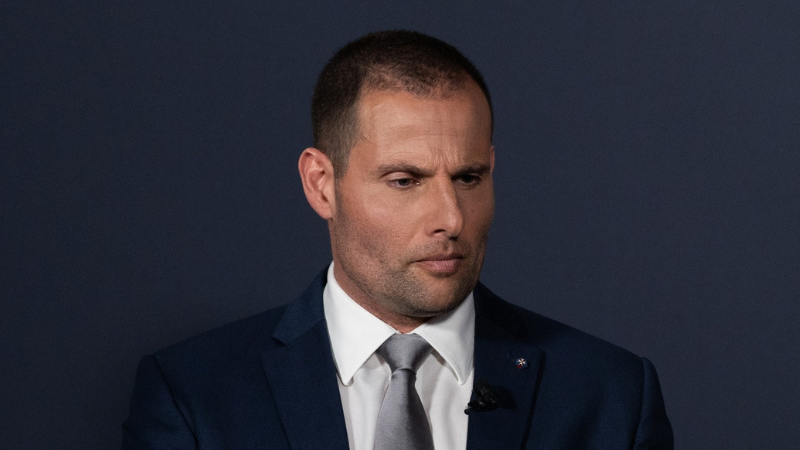The spread of misinformation often takes place via groups on WhatsApp and Facebook specifically set up to discuss politics with the social media platform giving priority to these posts in the news feed, according to a recent report on digital news.
The Reuters Institute Digital News Report 2019 found that the power of certain Facebook groups, for example, had a role in coordinating certain movements and protests such as recent Yellow Vest (Gilets Jaunes) protests in France – a grassroots political movement for economic justice that began in France in October 2018 that led to thousands taking to the streets.
The report, which was commissioned by the Reuters Institute for Study of Journalism, gave important new insights into key issues including people’s willingness to pay for news, the move to private messaging applications and groups, and how people see news media around the world performing their role.
It described 2019 as “a dramatic year for social media with Facebook and YouTube under fire for spreading misinformation, encouraging hate speech and online harm – as well as playing fast and loose with our privacy”. News publishers were already impacted by Facebook’s response through a series of algorithm changes, but the next step could be even more disruptive. In February, Facebook CEO Mark Zuckerberg announced a shift of focus to more private messaging and said that he expected WhatsApp and Facebook Messenger to be the main way that users interacted across the Facebook network. This means that the sharing of news and comment in the future will be less open and less transparent, the report said.
In many countries, people are spending less time on Facebook and more with WhatsApp and Instagram than this time last year. Facebook still remains by far the most important social network for news while social communication around news is becoming more private as messaging apps continue to grow everywhere. WhatsApp has become a primary network for discussing and sharing news in non-Western countries like Brazil (53%) Malaysia (50%), and South Africa (49%). People in these countries are also far more likely, than in the West, to be part of large WhatsApp groups with people they don’t know – a trend that reflects how messaging applications can be used to easily share information at scale, potentially encouraging the spread of misinformation.
The concern about misinformation and disinformation remains high despite efforts by platforms and publishers to build public confidence. Concern is high in the UK (70%) and US (67%) about what is real and fake on the internet but much lower in Germany (38%) and the Netherlands (31%). Across all countries, the average level of trust in the news in general is down to 42% and less than half (49%) agree that they trust the news media they themselves use.
The report also found that the “news media are seen as doing a better job at breaking news than explaining it”. Across countries, almost two-thirds felt the media were good at keeping people up to date (62%), but are less so at helping them understand the news (51%). Less than half (42%) think the media do a good job in holding rich and powerful people to account – and this figure is much lower in South Korea (21%), Hungary (20%), and Japan (17%).
Overall trust in the news is down from 44% to 42%, with trust in the news people use themselves falling below 50%. The biggest jump in concern (+12pp) came in the UK (70%) where the news media have taken a lead in breaking stories about misinformation on Facebook and YouTube and there has been a high-profile House of Commons inquiry into the issue.
It also highlighted the trend where news organisations were providing content against a paid subscription or membership while audiences were shifting more towards podcasts.
“Amid all this frenetic change, some are beginning to question whether the news media are still fulfilling their basic mission of holding powerful people to account and helping audiences understand the world around them,” the report said.
In some countries, this accountability comes in the form of government inquiries looking into the future sustainability of quality journalism but also comes from parts of the public “who feel that the news media often fall short of what people expect from them”.
There was only a small increase in numbers of people paying for news – subscription, membership, or donation – and growth was limited to a handful of countries mainly in the Nordic region (Norway 34%, Sweden 27%) while the number paying in the US (16%) remains stable after a big jump in 2017. Even in countries with higher levels of payment, the vast majority only have one online subscription. This might be due to what is referred to as “subscription fatigue”, where the majority preferred to spend their limited budget on entertainment (Netflix/Spotify) rather than news.












